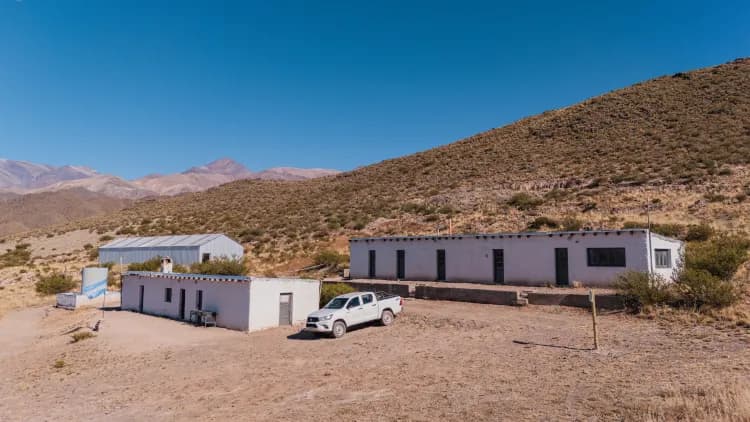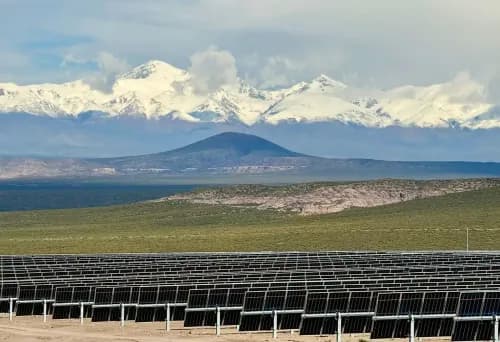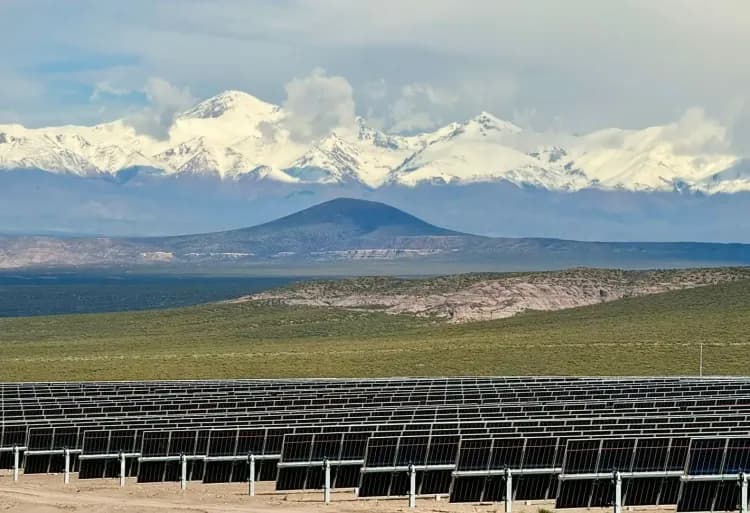Amid a global landscape defined by economic uncertainty, trade tensions, and a growing demand for critical minerals, the World Copper Conference 2025 once again delivered a key snapshot of the state of the copper industry worldwide. Organized by CRU, the summit gathered over 300 executives, analysts, CEOs, and government officials over three days at the W Hotel in Santiago—an edition shaped by fast-moving geopolitical developments.
By Panorama Minero
Although the official agenda covered themes such as sustainability, technological innovation, supply-demand dynamics, and investment forecasts, one overarching topic dominated the halls, panels, and private conversations: the global political climate and its impact on trade flows. In particular, the rising imposition of tariffs in strategic markets and growing protectionist measures affecting copper supply chains emerged as focal points of analysis—even if not formally on the program.
“Copper is no longer just a commodity—it is a geopolitical resource, essential to national sovereignty. It's no longer solely aligned with frameworks like the Paris Agreement, but increasingly tied to national security,” said one of the keynote speakers during the event’s central day, which addressed pricing challenges and the consequences of macroeconomic imbalances. The remark echoed across all three days of sessions, reinforcing the idea that mining is no longer merely an extractive industry—it is now a strategic pillar for economic stability, defense, and competitiveness.

Day two was marked by the voices of global mining giants. Executives from Codelco, Rio Tinto, Freeport-McMoRan, and Antofagasta Minerals shared insights on the slowdown in new project development, the need for faster permitting, and the difficulties in expanding capacity in increasingly complex regulatory environments. The panel was one of the most direct in warning about the risk of a supply gap if the pace of project development does not accelerate across the Andean region.
NOTA RELACIONADA
BHP calls for faster permitting in Chile to advance US$13 billion mining plan
In parallel, the conference placed strong emphasis on copper’s role in the future global landscape. The deployment of electric vehicles, transmission networks, and energy storage systems has made the red metal irreplaceable. This outlook was discussed not only from the demand side, but also as a strategic opportunity for producing countries to build local value chains and reinforce their positions in a market expected to continue expanding.
The “Market and Price Outlook” panel, moderated by Erik Heimlich (CRU), brought together top-tier analysts including Nicholas Snowdon (Mercuria), Robert Edwards (CRU), and Tom Mulqueen (Citi). They discussed the pricing landscape amid geopolitical volatility, disruptions in global supply chains, and mounting pressure from consuming nations to secure critical resources. The prospect of a structural copper deficit, combined with altered trade flows, underscores how traditional market fundamentals are being redefined.
Earlier that day, the panel titled “Security of Supply Imperative as a Key Driver of Change in the Copper Market”, featuring Mikael Staffas (Boliden), Simon Morris (CRU), Raman Randhawa (Capstone Copper), Victor Gobitz (Quellaveco), and Heimlich, explored copper’s essential role in electrification, digitalization, and global climate goals. Discussions also focused on how governments are shifting from regulators to direct players in mining strategy—repositioning copper as a resource linked to national security and industrial competitiveness. Key themes included resource ownership, vertical integration, new financing models, and M&A strategies.
The event closed with the same geopolitical tone that had shaped the entire week. The keynote panel, “Chinese Copper Market and Overseas Investments”, featured Zuo Geng (Chief Researcher, Economic Research Institute of China), Tianyu He (Senior Analyst, CRU), and Shujun Ma (Chairman, CIMM Group), who examined China’s dominant role in the global copper market and its strategy to secure new sources of supply—both domestically and across Latin America and Africa. It became clear that China is not only the world’s top consumer of copper, but also a force that shapes trade balances and sets investment conditions in emerging markets.
The 2025 World Copper Conference made one thing clear: copper can no longer be viewed solely as a high-potential economic asset. It has become a critical resource—one that shapes political agendas, drives strategic alliances, and forces a reevaluation of the balance between investment, regulation, and sustainable development.


























